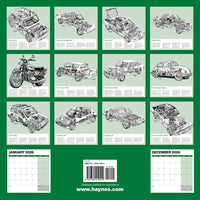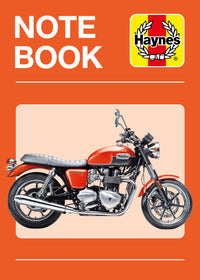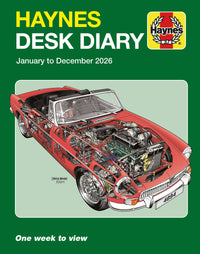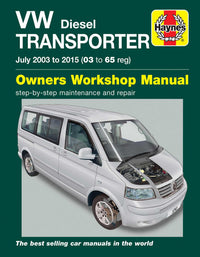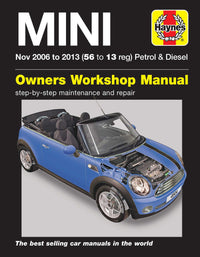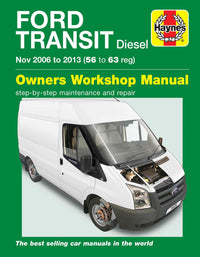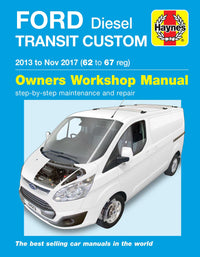Air. You won't go far without it, your car's engine needs plenty of it, and your teeth would have long since rattled from their mountings had Mr Dunlop not thought to fill his tyres with a comfy cushion of the stuff.
In ye olden days tyres could leak more than Julian Assange, but tyre tech has come a long way and many drivers now take their rubber for granted.
It's still well worth keeping tabs on your tyre pressures though. A pressure gauge costs peanuts, and they're as easy to use as unscrewing the dust cover from your tyre's valve before firmly pressing the gauge on it to avoid air escaping.
Pressure is usually measured on two scales: PSI (pounds per square inch), or bar (the metric equivalent).
Discover where and how to check the fluid levels on your specific vehicle!
What should be the correct tyre pressure?
Look to your vehicle's handbook, or the stats may be printed on a sticker located somewhere around the driver's door frame.
There'll often be a different optimal pressure for your front versus rear tyres, and the latter may need extra inflation if you often travel with rear seat passengers or carry heavy luggage.
Lastly, pressure figures are determined when a tyre is cold, so make sure you take your readings at least an hour after driving.
A major no-no here is to inflate to the PSI rating moulded on your tyre's sidewall. That's just the maximum pressure the tyre can sustain before its liable to pop.
Pumping up to this figure will leave your tyre bulging, increasing wear around its central section while also reducing grip and ride quality.
On the flip side, under-inflation will allow the tyre to flex too much, accelerating wear around the shoulders. The extra friction generated by a soft tyre won't do your fuel economy any favours, either.
We recommend you check your tyre pressures every week, as let's face it, it's hardly the trickiest task in car care. If you do notice a gradual pressure decrease, a slow puncture could be the culprit.
But it's also possible the seal between the tyre's bead and your wheel rim may not be as tight as it should be, and valves have also been known to spontaneously break a wheel's wind.
Any of these scenarios can be fixed by a competent tyre shop and you may not need to fork out for new rubber.
Even if your pressures remain consistent, or your car has its own tyre pressure monitoring system, it makes good sense to regularly show your tyres some love; after all, they take a lot of abuse.
Nasties like nails or screws can burrow themselves a home in your rubber, and occasionally a tumorous protrusion may form on either sidewall of a tyre, signifying an internal failure of the carcass.
Finally, even the best most mollycoddled tyres wear out eventually. European law dictates at least 1.6mm of tread depth and most US states demand a similar 2/32". A tread depth gauge can tell you exactly how much tread is left on your rubber.
Alternatively, tyres have small lumps moulded into the bottom of their main radial tread grooves. When the surrounding rubber wears down level with these bumps, it's time for new boots.

